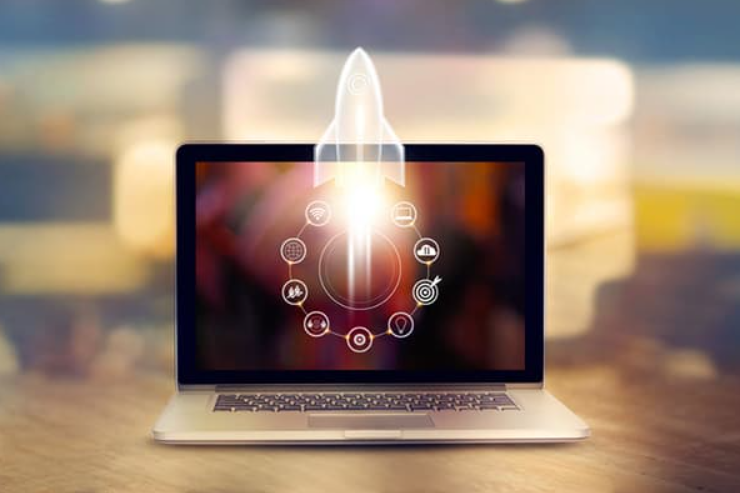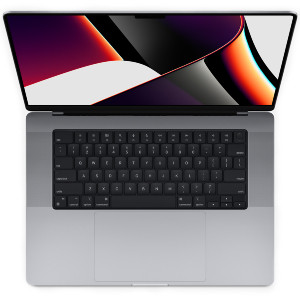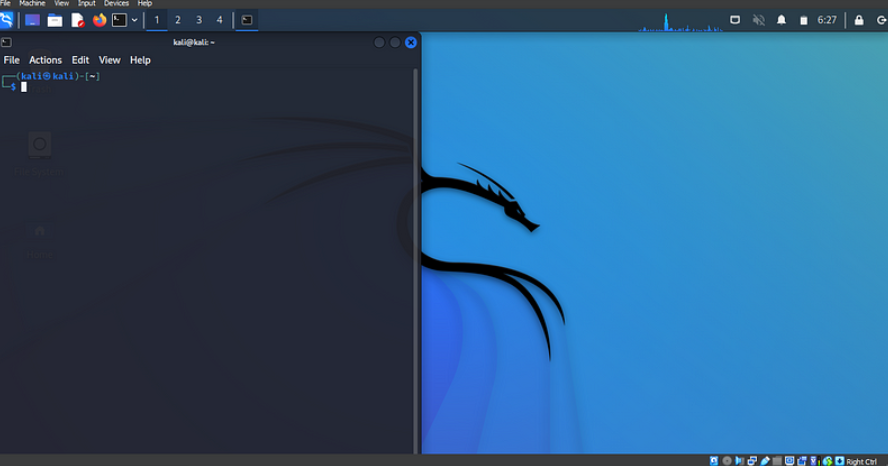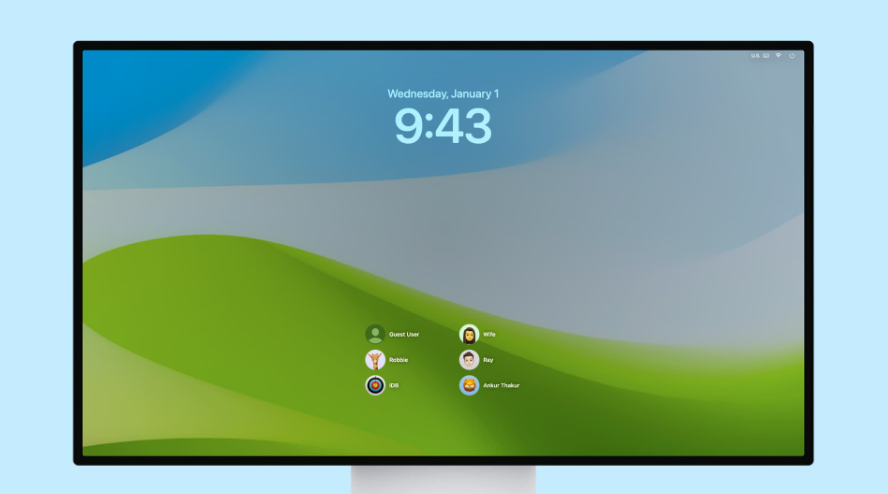
At some point, every computer experiences a drop in performance. As software becomes more complex and demanding, your PC’s ability to keep up changes, which can impact how well it functions.
Other factors, such as system upgrades, also play a key role in your computer’s performance. While some upgrades can certainly help speed things up, there are also simple, cost-effective changes you can make to improve your computer’s speed without breaking the bank.
Additionally, there are several types of software available that can help clean up old files and identify applications that you rarely use, which may be worth uninstalling. These programs can also alert you to files and software that might be slowing your computer down, helping you decide what to remove.
Though these small adjustments may seem minor, when combined and used correctly, they can significantly extend your computer’s lifespan and keep it running smoothly for years to come.
Here are some practical steps to boost your computer’s speed and overall performance:
- Uninstall Unnecessary Software
Many computers come preloaded with applications that most people never use. These programs take up valuable space and system resources. If you see a pop-up asking to update a program you don’t recognize, it’s a sign that it might be time to remove it.
To uninstall programs, click on the “Start” button, go to the “All Apps” menu, and view your installed applications. Once you find a program you want to remove, right-click on its icon, select the “Options” menu, and click “Uninstall.” Afterward, refresh your computer. - Limit Startup Programs
Windows 10 features an updated Task Manager that lets you control which applications start automatically in the background.
To access the Task Manager, press Ctrl-Shift-Esc.
If your CPU performance or disk usage is over 60%, your device will run slowly.
In the “Startup” tab, identify applications with a high startup impact and disable them.
Restart your computer to complete the process. - Add More RAM
Have you thought about adding more RAM to your PC? It’s a simple upgrade that can significantly improve performance, especially if you tend to run several programs at once. While it’s usually easier to upgrade RAM in a desktop, some convertible or detachable devices may not allow for an upgrade.
Adding RAM is relatively simple for those with some basic knowledge of computer hardware. If you’re unsure, you can always seek professional help. - Check for Spyware and Viruses
Malware and viruses are common culprits when it comes to slowing down your computer. While it’s tough to avoid picking up a virus while browsing the web, Windows Defender offers built-in protection to help keep your system safe.
If Windows Defender doesn’t meet your needs, consider using third-party software that’s easy to install and effective at removing viruses and spyware. Regularly clean up your PC and keep your software up to date. - Consider Adding a Startup SSD
If you want your computer to boot up faster, a startup solid-state drive (SSD) is a great solution. It reduces the load on your processor and speeds up program launches, almost like adding a turbo boost to your computer’s engine.
An organized hard drive and an active SSD are key to increasing your computer’s speed. - Use Disk Cleanup
Your computer’s hard drive often contains unnecessary files and programs. Disk Cleanup is a built-in tool that helps you identify and remove those files, freeing up space for the applications you actually use. - Optimize Your Web Browser
Web browsers can sometimes be slow to load, impacting your overall internet experience. Optimizing your browser is simple and can make your computer feel faster. Try using a different browser and clear your cache regularly to keep things running smoothly.
Conclusion
By cleaning up your hard drive, optimizing your web browser, adding more RAM, checking for malware, and updating your device drivers, you can significantly improve your computer’s performance. Taking these steps will help make your PC faster and more efficient.














